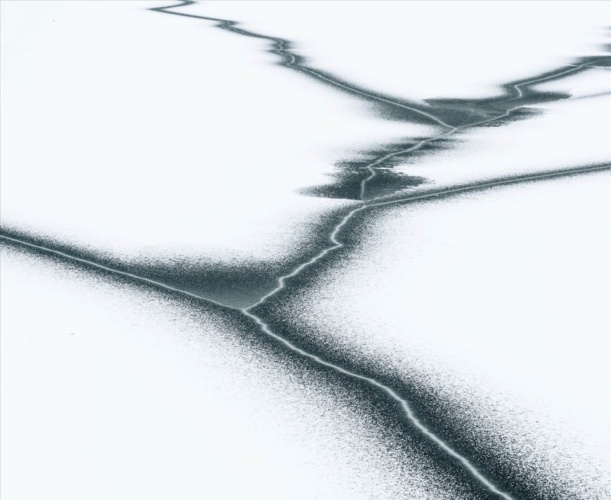
Finding out where and with what orientation a surface crack is most likely to initiate is a critical part of analysing and designing a structure.
Composites research paves the way for aerospace weaving
“This new method allows us to simplify the analysis tremendously, because instead of having to do an analysis for every single potential location of a crack along the surface of a certain structure, we perform a single analysis of the uncracked domain, which is much cheaper and faster to solve. This reduces the amount of computational work by orders of magnitude,” said Philippe Geubelle, a professor in the Department of Aerospace Engineering.
To get a precise estimate of the energy release rate, the current method requires a numerical analysis with a very fine grid to discretised the structure, especially in the vicinity of the crack. In a statement, Geubelle said this new method uses topological derivatives to get an estimate of what the energy release would be if a crack showed up at any location and with any this orientation along the surface of a 3D structure.
“Using this technique, we can immediately pinpoint the location and orientation that corresponds to the highest energy release rate - meaning the highest energy available for crack propagation. If the energy release rate is smaller than the fracture toughness, the crack won’t propagate. However, if the energy release rate approaches the value of the fracture toughness, then the structure will need a redesign.”
According to UI, the new method can be combined with commercial finite element software packages such as Ansys, Abaqus, and Nastran.
“What this method allows us to do is to say, ‘give me a complicated shape and complex loading conditions, and we will tell you the most probable location where a surface crack is going to start.’” Geubelle said.
The study, “Energy Release Rate Approximation for Small Surface Cracks in Three-Dimensional Domains Using the Topological Derivative,” appears in the Journal of Applied Mechanics.




Project to investigate hybrid approach to titanium manufacturing
Sadly they will not be ordering any more presses from Wilkins & Mitchell http://www.historywebsite.co.uk/articles/Darlaston/WM.htm